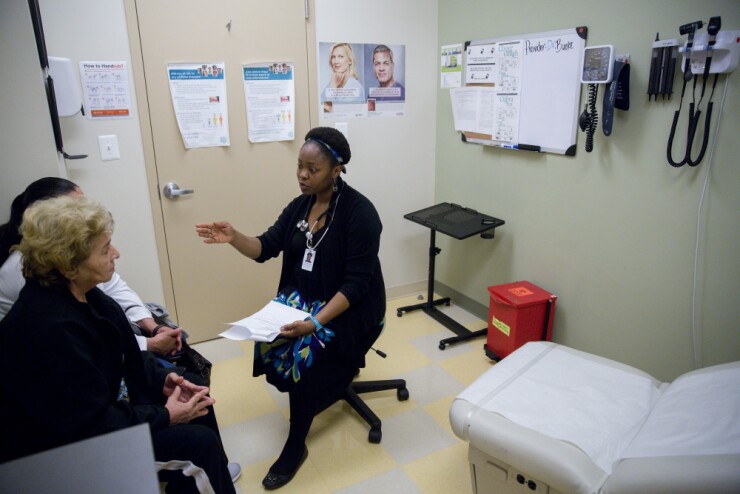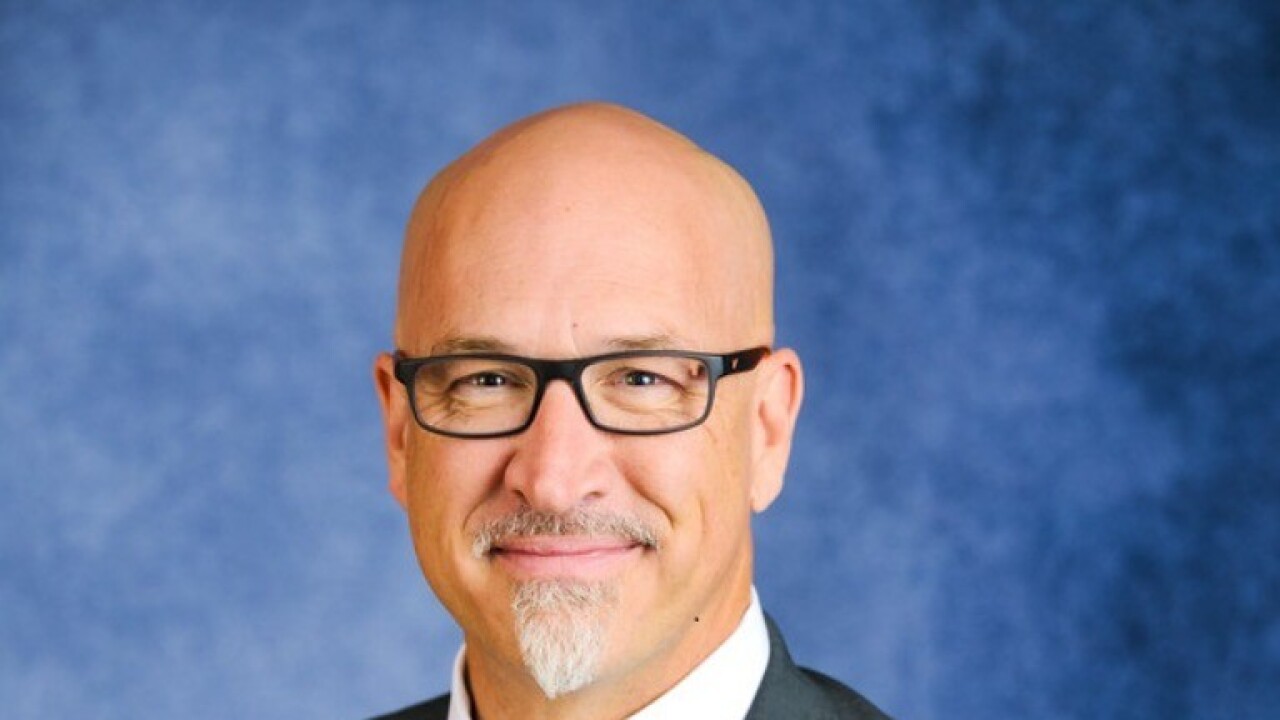One in five Americans suffers from mental health conditions. Without improved treatment, the world will lose 12 billion workdays to depression and anxiety disorders alone by 2030, according to World Health Organization estimates. Is it time to re-think the value of the employee assistance program?
The traditional EAP is intended to provide employees with immediate telephonic access to resources to manage stress, substance abuse, depression, family issues and other personal challenges. Following a triage session many employees arrange to visit with a local EAP therapist. Most plans cover a few visits with little or no cost to the patient.
Employers, ostensibly, derive value by delivering benefits that improve workplace performance and productivity. These programs purport to reduce illness leave, absenteeism and disability costs. And, in some cases, an EAP can provide onsite assistance to employees following a traumatic workplace event such as an episode of workplace violence or national disaster.

A paltry 3.5% of employees take advantage of EAP services per year, according to
Utilization rates
The Showtime series Billions chronicles a fictional billionaire New York hedge fund manager with a full-time, onsite psycho-therapist who is presented as an onsite “performance coach.” But is there an academic reason why organizations such as hedge-funds see greater utilization of behavioral health resources?
In our experience, smaller groups usually have higher utilization, probably due to better communication. Professional advisory occupations tend to have higher utilizations. And, more highly educated populations, particularly where the company management is trusted, tend to have higher utilization.
Also see: “
While it’s often hard to convert Wall Street ideas down to Main Street America, maybe the hedge fund industry is on to something. Should corporate America consider replacing the traditional EAP with onsite behavioral health resources?
According to the CareFirst family of healthcare plans, an employer with 5,000 employees will spend about $73,200 per year on EAP services. At 3.5% utilization and 7.56 counseling sessions per employee, that’s about 380 hours of therapy. In comparison, according to Salary.com, the median annual U.S. psychologist salary is $90,888 in 2017. And a full-time psychotherapist could perform upward of 1,000 hours of therapy per year.
There are a myriad of reasons why this approach could reap more benefits than the typical telephonic EAP. First, onsite therapy is more convenient for employees and could result in more “walk-in” utilization, particularly in times of personal crisis. Second, the services could be tailored to also serve as a “life-coach,” helping employees set personal goals, identify obstacles and live a more rewarding personal life. Third, the company might gain valuable insights into organizational performance and supervisor issues that are impeding employee satisfaction and productivity. Last, an onsite performance coach contributes to a culture of caring for each other and our lives.
With all these advantages, an onsite therapist or “performance coach” may be worth considering.





